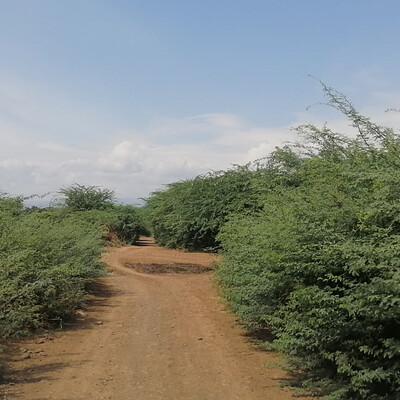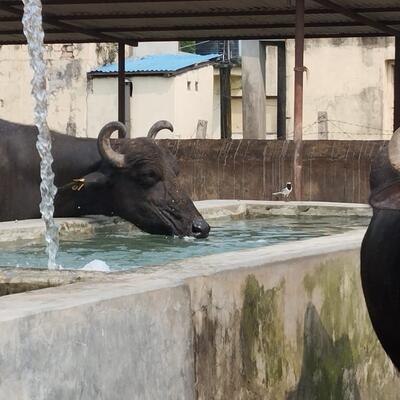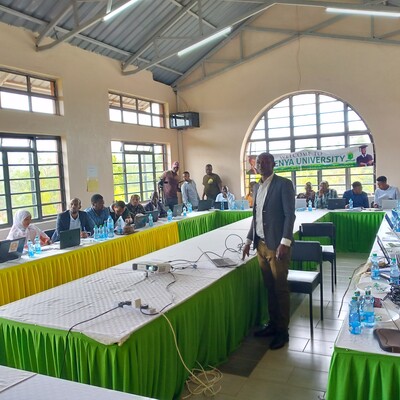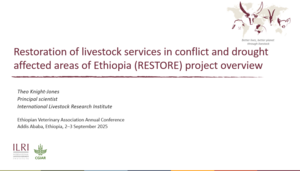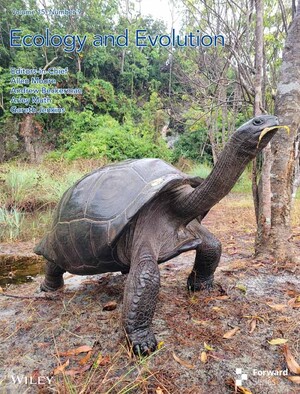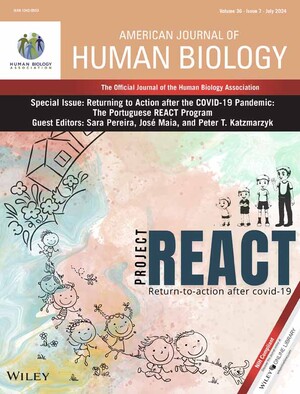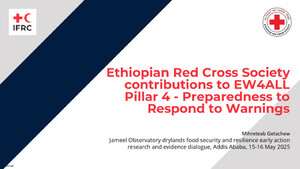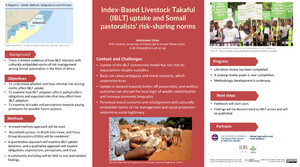
An evaluation of the response to the 2008 – 2009 drought in Kenya
Drought is the prime recurrent natural disaster in Kenya. It affects the 10 million mostly livestock dependent people in the ASAL districts. Consequently, the National Drought Management System, a dedicated disaster risk management system addressing drought, was established almost twenty years ago.
The Kenyan drought management system has been subject to ad-hoc review and improvement. At present the most far reaching changes since its inception are underway, including major institutional changes through the creation of a Drought Management Authority (DMA) and a National Drought Contingency Fund (NDCF). The European Union values the importance of lessons learned from experiences in disaster risk reduction management systems. Late 2009, at the conclusion of the 2008 – 2009 droughts, the EU delegation called for a review of the responses to this drought. The purpose of this review was to contribute to improved effectiveness and efficiency of the drought management system in Kenya and strengthen the capacity to intervene with livestock based interventions in an appropriate, effective and timely fashion.
This report reviews the response to the drought in six arid and semi arid land districts in Kenya. The report first characterizes the severity of the drought and reviews how well it impacts were forecasted in the Early Warning Bulletins (EWB). Satellite imagery, detecting failures in rangeland up greening, revealed that the 2008-2009 droughts had been most severe in Kajiado and Laikipia. These emergencies were not reflected by the EWB warning stages. Recommendations are given to improve the EWB forecasting capacity.
The report provides a systematic report of 474 livestock based interventions carried out during the 2008 2009 drought in six arid and semi arid districts in Kenya. It reviews the timeliness, effectiveness, the livelihood implications and the appropriateness of these interventions and assesses to what extent local communities had been involved in their development and implementation. The report shows that the number of livestock related interventions and the funding associated to this has increased considerably compared to the interventions carried out during the 2000 drought. Some of the interventions were considered ineffective and inappropriate, and the report advises on which livestock related interventions to implement during drought.
The report then provides a checklist of advised livestock based interventions in different scenarios and provides guidelines for effective monitoring and evaluation. The report further provides advice on commercial destocking during drought and reviews the need to develop climate change adaptation strategies in relation to the existing National Drought Management System.
The findings of these reviews and assessments have been used to develop a number of recommendations aiming to improve the effectiveness of the drought management intervention cycle. Finally, the effectiveness of the drought response intervention cycle is constrained by a number of policy constraints. The report identifies these and recommends addressing these.
Objective
The project aims at contributing to improved effectiveness and efficiency of the drought response management cycle in Kenya by evaluating the response to the 2008 – 2009 drought and based on the findings provide guidance for possibilities to improve the response to future droughts.
Kenya's economic performance has been negatively affected by the effects of drought and floods. Drought in particular erodes the assets of communities and undermines their livelihood strategies thereby increasing poverty levels. In Kenya it has a direct impact on the household food security of over 10 million people living in drought-prone areas. It erodes the assets of poor communities and undermines their livelihood strategies, culminating in a downward spiral of increasing poverty and food insecurity.
Initiatives that focus on effective response to droughts, which could be the basis for a more comprehensive disaster preparedness strategy are considered important. This study is intended to assess the effectiveness of livestock-based interventions carried out by different organizations in response to the drought that affected many pastoral areas of Kenya during 2008 and 2009.





